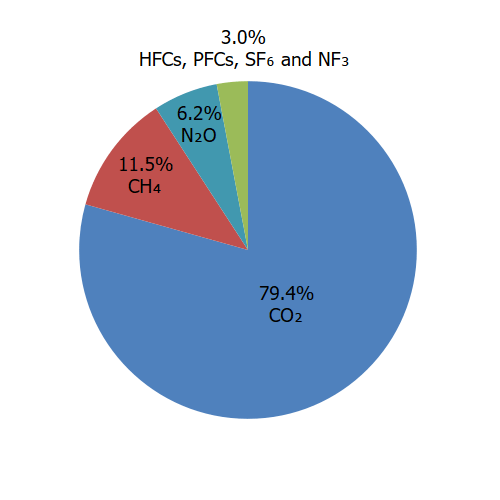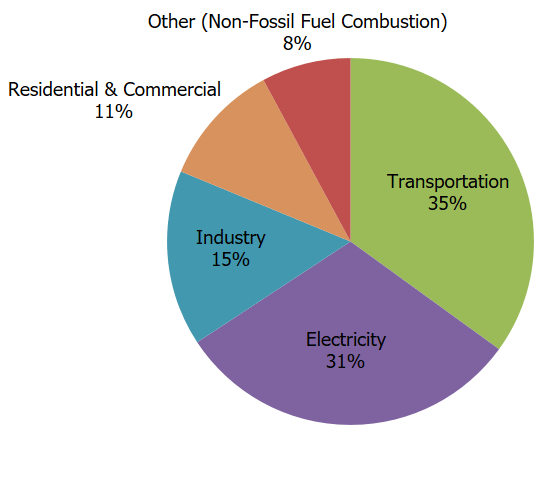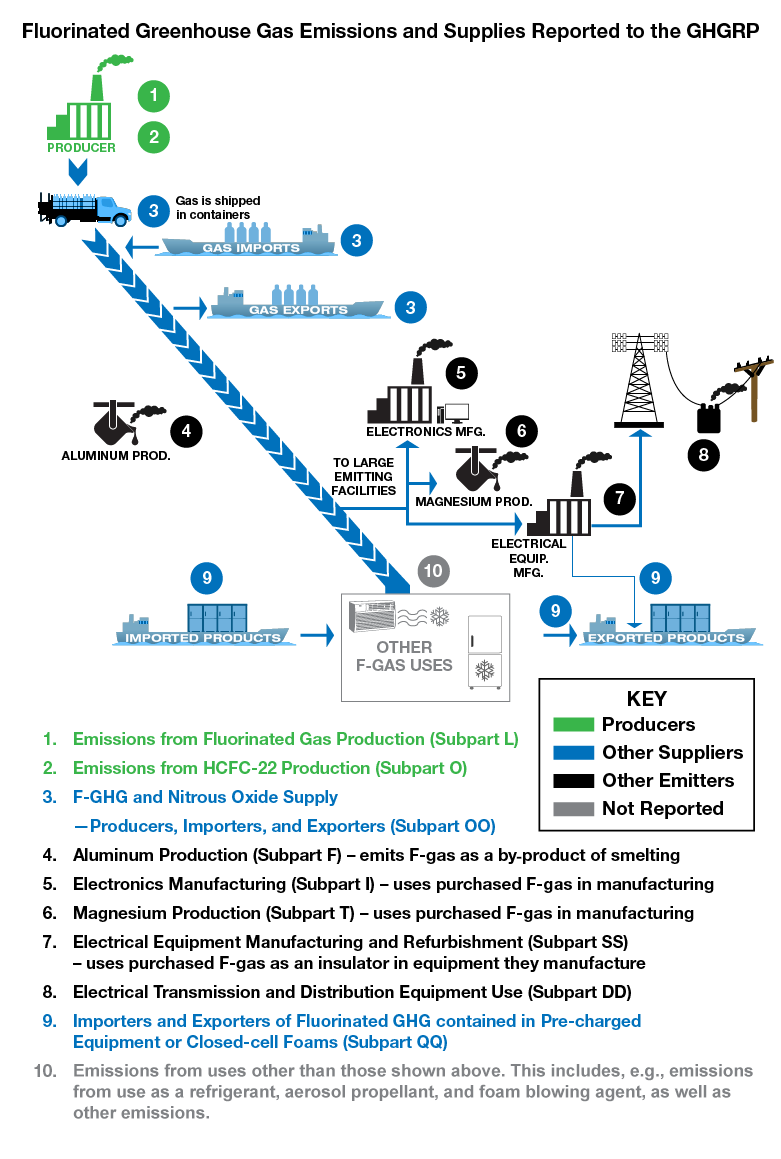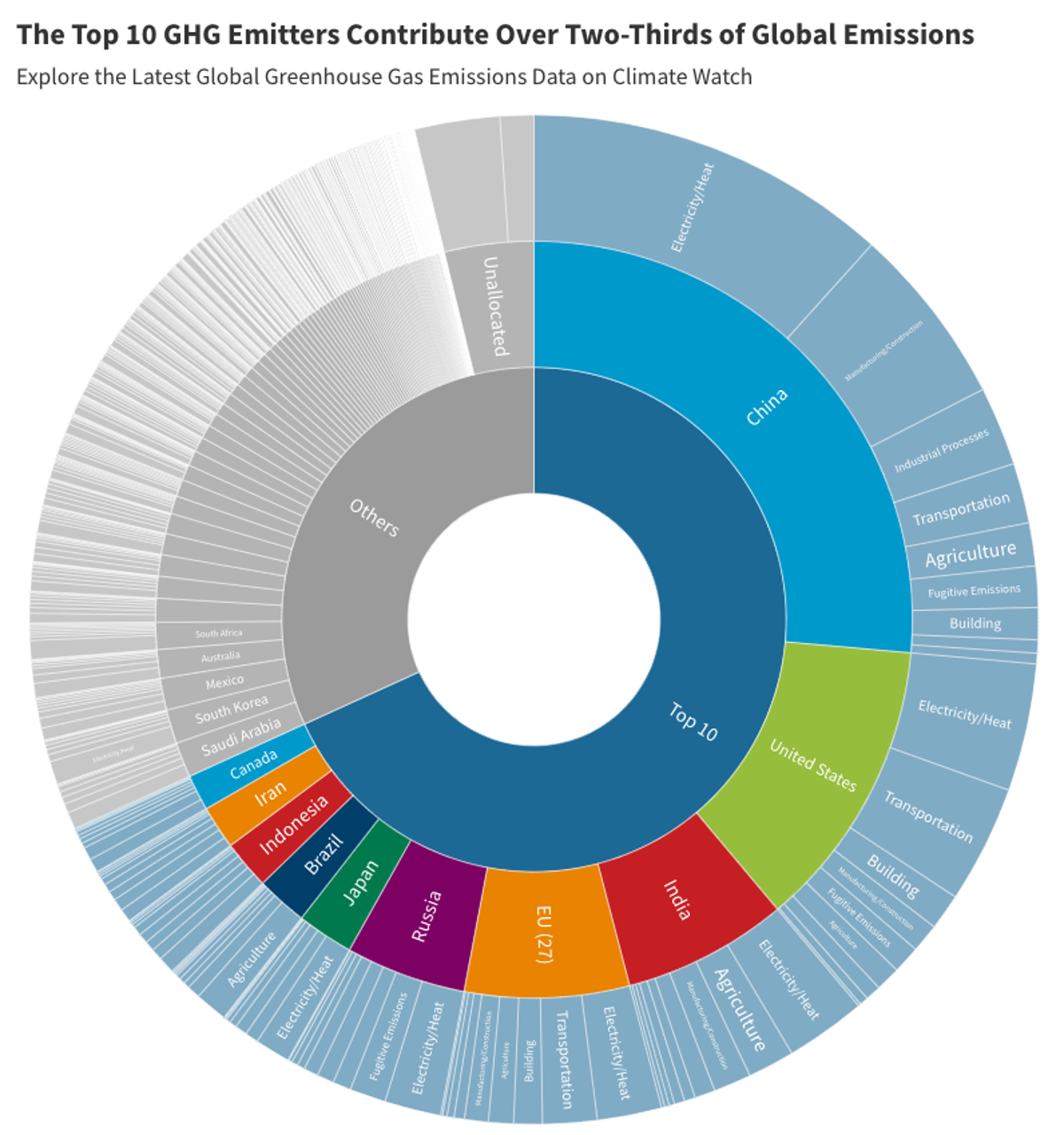|
ENERGY INDEPENDENCE |
|
GREENHOUSE GAS EMISSIONS "Almost 10% of Sweden's climate impact comes from the steel industry, because it uses fossil fuels. But Sweden aims
to become the world's first, to become the world's first, in producing large quantities of fossil-free steel, using green
hydrogen, instead of fossil fuels."
ERRONEOUS: "This Natural Gas Plant Has Achieved Zero Emissions" - Bloomberg Originals (July 3, 2018)
COMPLTE LIES: <U>Does not address</U> the fossil fuel needed for fracking, obtaining the gas - that is NOT "natural".
Injecting carbon endlessly into earth.
UNDER CONSTRUCTION - "Can Ocean Energy Power Carbon Removal?" - National Renewable Energy Laboratory (NREL) "Is Natural Gas Really Helping the U.S. Cut Emissions?" - Inside Climate News (2020) "I eat heavy metal and gargle premium gas ~ I drink heavy water and nitro-demitasse
I eat heavy metal and chew up a Limousine ~ I munch barbed wire in my submarine I like stainless razor, sharpen appetite ~ I can swallow laser, if I'm eating light I like anchor sandwich served on aluminum side ~ I like rusty fences, locomotive pie Eat heavy metal, I don't truck with tinsel ~ Drank heavy water, eat turbo schnitzel Eat big transformers, I like stoves and cans ~ Tasty rolled steel girders, chomp copper pans" Greenhouse Gas Emission Subcategories "Carbon Footprint Calculator: What Is Your Carbon footprint? - EPA "Reducing Emissions with United Nations Climate Credits" - United Nations Climate Change (2015)
.............................................................................................................................................................................................................................................................................................................................................................................................................................................. Greenhouse Gases of 2023: The United States of America alone is 2nd only to China as biggest polluter overall. The United
States is the worst - #1 Toxic Polluter of Transportation, and Building. The United States is clearly still
not embracing re-building/building rail, electrifying rail, and continues to use inferior emission-filled and toxic building
materials. China's greenhouse gas emission levels are concentrated in manufacturing and industrial pollutants; offering more
prosperous products to sell. However, China's significant dominance in electric rail to its citizens: trams (streetcars),
trains, and subways, and building materials and methods. [Population Midyear 2023: USA 4.23% 339,996,563 | China 17.23% 1,425,671,352
Over 4 times the people.]
Population of India 17.76% Human beings on Earth - Worldometers [Live] Population of China 17.23% Human beings on Earth - Worldometers [Live] Population of U.S.A. 4.23% Human beings on Earth - Worldometers [Live]
"Humans have long been constructing flexible pavements to ensure smooth and durable road pavements. Hence, the pace of road
construction has been increasing globally, and 12 million km of roads were constructed in 2000; it is projected that 25 million
kilometers of roads will be built by 2050 globally. For example, in Malaysia, the Public Work Department (JKR) reported that
there was 237,022 kilometers of roads in 2017. The construction of about 90% of the world's paved roads uses asphalt
mixture, and the remaining 10% are other types of pavement. The increasing traffic volume necessitates using asphalt
binders and mixes with enhanced properties to ensure the durability of asphalt pavements. Generally, asphalt mixtures
comprise three main materials, namely aggregate, asphalt binder, and filler. The aggregates and filler make up approximately
94–96% of the total mixture weight, and the remaining 4–6% is asphalt binder. These materials are heated to high
temperatures of 150 and 180 °C to ensure proper aggregate coating by the asphalt binder and adequate workability of the mixture.
This process consumes a large amount of energy and emits gases. One of the biggest problems faced by the world is global warming.
The high pace of transportation contributes to the emissions of large amounts of greenhouse gases that cause global warming.
According to the Inventory of U.S. Greenhouse Gas Emissions and Sinks, transportation contributes about 27% of total U.S.
GHG emissions in 2020."
The Kyoto Protocol, adopted in 1977, still aims to develop global warming reduction emission technologies.... Life Cycle Assessment: 24% {Air Pollutants}, 18% {Fossil Fuel Reduction}, 10% {Smog Formation} , and 3% {Global Warming} reduction. Overall, WMA has 15% less environmental impact than HMA. This is little reduction compared to claim title and opinion of the authors want there to be - want to lead us to believe. Life Cycle Assessment: 24% {Air Pollutants}, 18% {Fossil Fuel Reduction}, 10% {Smog Formation} , and 3% {Global Warming} reduction.
Overall, WMA has 15% less environmental impact than HMA. This is little reduction compared to claim title and opinion of
the authors want there to be - want to lead us to believe.
[Last Modified: September 15th, 2021]
"'Around four million years ago, during the Pliocene Climatic Optimum, carbon dioxide levels were similar—close to or
above 400 ppm, per NOAA. The earth was seven degrees hotter, ice caps at both the North and South Poles nearly completely
melted, and sea levels were 16 to 82 feet higher, high enough to submerge many major cities,' the administration says. Paleoclimatologists
can learn about past climates by looking at tree rings, ice cores, and mineral and element compositions in sediment core samples
as well analyzing plant and animal remains. Particularly useful are forams and diatoms, shelled creatures that frequently
record climate conditions in the compositions of their shells.
'Carbon dioxide is at levels our species has never experienced before,' Pieter Tans, senior scientist with NOAA’s Global Monitoring Laboratory says in the statement. 'We have known about this for half a century, and have failed to do anything meaningful about it. What’s it going to take for us to wake up?'" "Greenhouse Gas (GHG) Emissions and Removals" - Environmental Protection Agency (EPA) "Decarbonizing the buildings sector by 2050 is critical to delivering these cuts. To reduce overall emissions, the sector
must improve building energy performance, decrease building materials' carbon footprint, multiply policy commitments alongside
action and increase investment in energy efficiency....
Raw resource use is predicted to double by 2060 – with steel, concrete and cement already major contributors to greenhouse gas emissions. Materials used in the construction of buildings already account for around nine per cent of overall energy-related CO2 emissions. Embodied carbon in buildings – the emissions associated with materials and construction processes – needs to be tackled to avoid undermining energy-saving measures. However, the sector can reduce its impact by, for example, looking at alternative materials and decarbonizing conventional materials such as cement. "Over the next few years, the U.S. is expected to build around 17 gigawatts of natural gas plantspower close to 12.8 million homes, according to the U.S. Energy Information Administration. Unless they're closed early, those plants could operate for decades on an electric grid that still gets almost 60% of its power from fossil fuels. Natural gas creates fewer emissions than coal when it's burned, but producing and transporting gas releases huge amounts of methane, a potent greenhouse gas. Most remaining oil and gas deposits must remain buried for the world to have a decent shot at keeping global temperatures from rising to more dangerous levels, according to a study last year in the journal Nature." “This past month {April 2022} we saw the highest levels of CO2 emissions in the atmosphere in history, underscoring the fact that our efforts to tackle climate change will be inconsequential if we don’t act NOW to manage the greenhouse gas emissions that are currently putting public health and our environment at risk” - U.S. Secretary of Energy, Jennifer M. Granholm |
||||||||||||||||
|
METAL Metals Sector: Metal Production Facilities "The metals sector consists of metal production facilities that smelt, refine, and/or cast ferrous and nonferrous metals,
including primary aluminum, ferroalloy, iron and steel, lead, magnesium, and zinc, from ore, pig, or scrap using electrometallurgical
and other methods."
OIL THERMAL OIL = Low-viscosity fluids that are gradually heated or cooled and circulated around a system to regulate process
temperatures. Thermal oils are subject to degradation, usually above 400 degrees Fahrenheit. Utilized to carry thermal energy
in process heating, metal working, and machine cooling applications. "Thermal Oil" - Science Direct - Various scholarly articles TYRES - TIRES |
COMPUTER CHIPS EUROPE: "The Chips Act, presented earlier this month, is part of an overall effort towards digital sovereignty, as the Commission strives to make Europe an independent technological power. Nevertheless, the proposal failed to address how this initiative will reconcile with the EU’s other top priority, the green transition. 'Digital technologies, both when manufactured and used, have their own environmental footprint, including from the release of fluorinated greenhouse gases during manufacturing to their significant energy consumption for their production and during their use,' the Chips Act reads. .... Producing advanced 2nm microchips requires more than twice as much water and three times as much electricity than 28nm ones. The carbon emissions have also more than doubled in the passage." "HOW DO SEMICONDUCTOR MANUFACTURER USE FLUORINATED GREENHOUSE GASES?" "Semiconductor manufacturing contributes to 31% of global greenhouse gas emissions, and the increasing
usage of electronic chips drives this upward trend. The production of smart meters and other electronics requires
a substantial amount of electricity and fossil fuels. Improving product quality and longevity is crucial to combat
the negative impact of product manufacturing on the environment."
IF - Greenhouse Gas rise - or if stewards.... Positive article for semiconductor chips be able to shift. A possibility, but fact is - "cheap" will always pollute, and is growing... |
|||||||||||||||
|
Enter supporting content here We're talking, designing, and implementing for all - STEAM HEAT!!!! .............................................................................................................................................................................................................................................................................................................................................................................................................................................. |
||||||||||||||||




